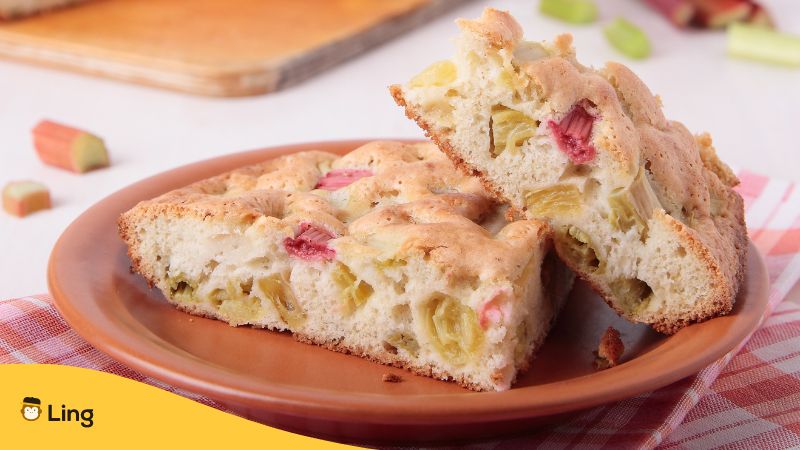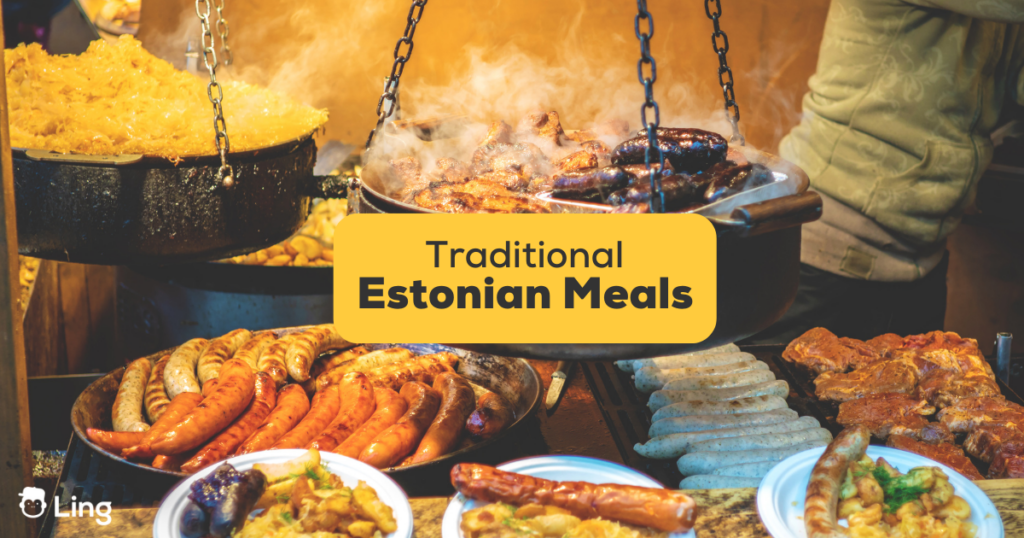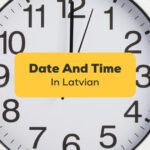In exploring one of the renowned countries in Northern Europe, make sure you have done your research on traditional Estonian meals. Aside from fish and other seafood locals get from the abundant water bodies surrounding them, they have also found ways to whip up the most delectable dishes that will make you look forward to your trip. My advice is that you learn the language, even a few words or phrases, before visiting Estonia. Just a warning, though, it’s one of the most challenging languages to learn. While you’re at it, let me give you a rundown of what to eat in Estonia.
What Is A Traditional Estonian Meal?
A traditional Estonian meal is a blend of simplicity and heartiness, often influenced by the seasonal availability of local ingredients. One of the staples is rye bread, which is enjoyed with various spreads such as butter, cheese, or herring. Soups, often made with meat or fish and vegetables, are a common first course.
For the main dish, pork, potatoes, and sauerkraut are typical, reflecting the agricultural traditions of the country. Estonian cuisine also features wild berries and mushrooms, and dairy products like sour cream are often used as garnishes or in sauces. Looking for a sweet ending? Desserts may include kama, a unique blend of roasted barley, rye, oat, and pea flour mixed with buttermilk or yogurt.
Traditional Estonian meals are also often accompanied by local beverages like beer or Vana Tallinn, a sweet strong liqueur. The food is generally hearty and robust, providing a glimpse into the country’s rural heritage and the necessity of nourishing meals for its cold climate.
Want to speak with the locals about their traditional food? Here are some words to help you out!
| English | Estonian |
|---|---|
| Bread | Leib |
| Soup | Supp |
| Meat | Liha |
| Fish | Kala |
| Potato | Kartul |
| Cheese | Juust |
| Butter | Või |
| Mushroom | Seen |
| Berry | Marja |
| Dessert | Magustoit |
| Milk | Piim |
| Egg | Muna |
| Vegetable | Köögivili |
| Salt | Sool |
| Sugar | Suhkur |
Must-Try Traditional Estonian Meals
Here’s a look at the traditional Estonian food and meals you will likely get served when visiting:
Hakklihakotlet (Estonian Ground Meat Patties)
This is a common Estonian food found everywhere, from schools to upscale restaurants. These meat patties are made by mixing equal parts of beef, pork (and sometimes veal) with a bit of water, eggs, chopped green onions, and breadcrumbs. The batter is mixed and shaped into patties before deep-frying until cooked through. The patties are typically served with mashed potatoes and pickled red cabbage.
Seapraad Ja Hautatud Hapukapsad (Pork Roast With Sauerkraut)
This hearty pork Estonian food is utterly delicious and is typically served during the cold months in the Estonian region. This is prepared by roasting the meat in the oven and adding carrots and sauerkraut once tender. This food in Estonia is considered a comfort meal and is quite flavorful.
Hernesupp Suitsukoodiga (Pea Soup With Smoked Pork Hock)
The base of this traditional Estonian soup is made by boiling smoked pork bones, onions, and garlic. Veggies are added to the broth of this Estonian food, such as dried peas or carrots. This unique soup is a favorite among older generations and is typically served on New Year’s Eve.
Biskviitkattega Rabarberikook (Rhubarb Biscuit Cake)
The cake consists of two layers of dough – a pie crust at the bottom and a biscuit-like dough on top. Between the layers, you’ll find a generous helping of rhubarb mixed with sugar and potato starch. Once baked, the cake is garnished with powdered sugar, offering a balanced combination of sweet and sour flavors.

Mulgikapsad (Sauerkraut With Pork And Barley)
This is considered Estonia’s national dish, a simple yet hearty meal often enjoyed on special occasions. This traditional food is made by combining smoked pork products, barley, and sauerkraut and slow-cooked until done. You can have this as a main course, served along with slices of delicious meat like pork and fried onions.
Kamavaht (Kama Foam)
This dessert is made from a mixture of roasted rye, barley or wheat flour, pea, and oat. It’s often enjoyed for breakfast or as a snack, mixed with milk or kefir and topped with sugar-coated whipped cream and fresh berries.
Küpsetatud Õunad (Baked Apples)
This dessert is made by removing the core of apples before filling them with a mixture of sugar and cinnamon. After baking, it is served while warm or with custard or ice cream.
Vastlakukkel (Semla)
Originally from the Nordic countries, the recipe finds its Estonian version during the Shrovetide season. In Estonia, a wheat-sweet bun spiced with cardamom is sliced open, hollowed out, and filled with sweetened whipped cream. It is sprinkled with sugar and served with cranberry jam.
Rosolje (Mixed Beetroot Salad)
This salad is among the Estonian foods that gained popularity in the country during the country’s time under USSR rule. It features a mix of ingredients, including herring, eggs, beetroots, pickled cucumbers, and potatoes. The ingredients are diced and combined, then dressed with mayonnaise as its creamy dressing.
Vürtsikilu Suupiste (Spicy Sprats Snack)
The main ingredient of this snack is Sprats, a type of small oily fish. Cream cheese mixed with crushed garlic is spread on rye bread, followed by a fillet of pickled sprat. The sandwich is garnished with slices of green onion, boiled egg white, and dill.
Mannavaht (Semolina Foam)
This foamy semolina porridge is made from boiling cranberry juice, sugar, and water. The semolina is added to create a characteristic pink color. The mixture is whipped into a fluffy foam and served over milk. You can also add any toppings of your choice, including fresh seasonal berries.
Kruubipuder (Barley Porridge)
Prepared barley is simmered in stock or water along with garlic and other aromatics, resulting in a thick and satisfying porridge.
Sült (Meat Jelly)
This traditional dish is made by boiling animal bones to create a gelatinous broth. It’s typically served with horseradish and sour cream, providing a unique and flavorful experience.
Verikäkk (Blood Dumpling)
First, the dough is made from flour, rendered lard, blood, spices, and fried onion. The dough is molded into a blood sausage, boiled, sliced, and fried. You will enjoy the dish better with sour cream, cubed cucumbers, or pickles.
Eesti Kartulisalat (Estonian Potato Salad)
Estonian potato salad is an Estonian cuisine with a modern twist with boiled potatoes, eggs, smoked sausage, carrots, and a creamy sour cream and mayonnaise sauce. Apple and cucumber slices are added to balance the flavors.
Lillkapsas Juustukastmes (Cauliflower With Cheese)
For this Estonian food, boiled cauliflower is enveloped in an Estonian cheese sauce made from milk and grated cheese. Some variations include baking the dish with breadcrumbs on top for added texture and flavor.
Learn Estonian With Ling
If you’re ready to taste Estonian desserts, bread soup, black bread, and seafood from the Baltic Sea, speed up the process of learning the language. This is now possible through using language-learning apps you can install on your phone, like Ling. Download it on Play Store or App Store, and start mastering Estonian and other foreign languages you fancy.
Meanwhile, while you’re in the mood for traditional dishes, you may want to learn more about what trad meals you must eat when in China and Korea. Bon appetit!


































































